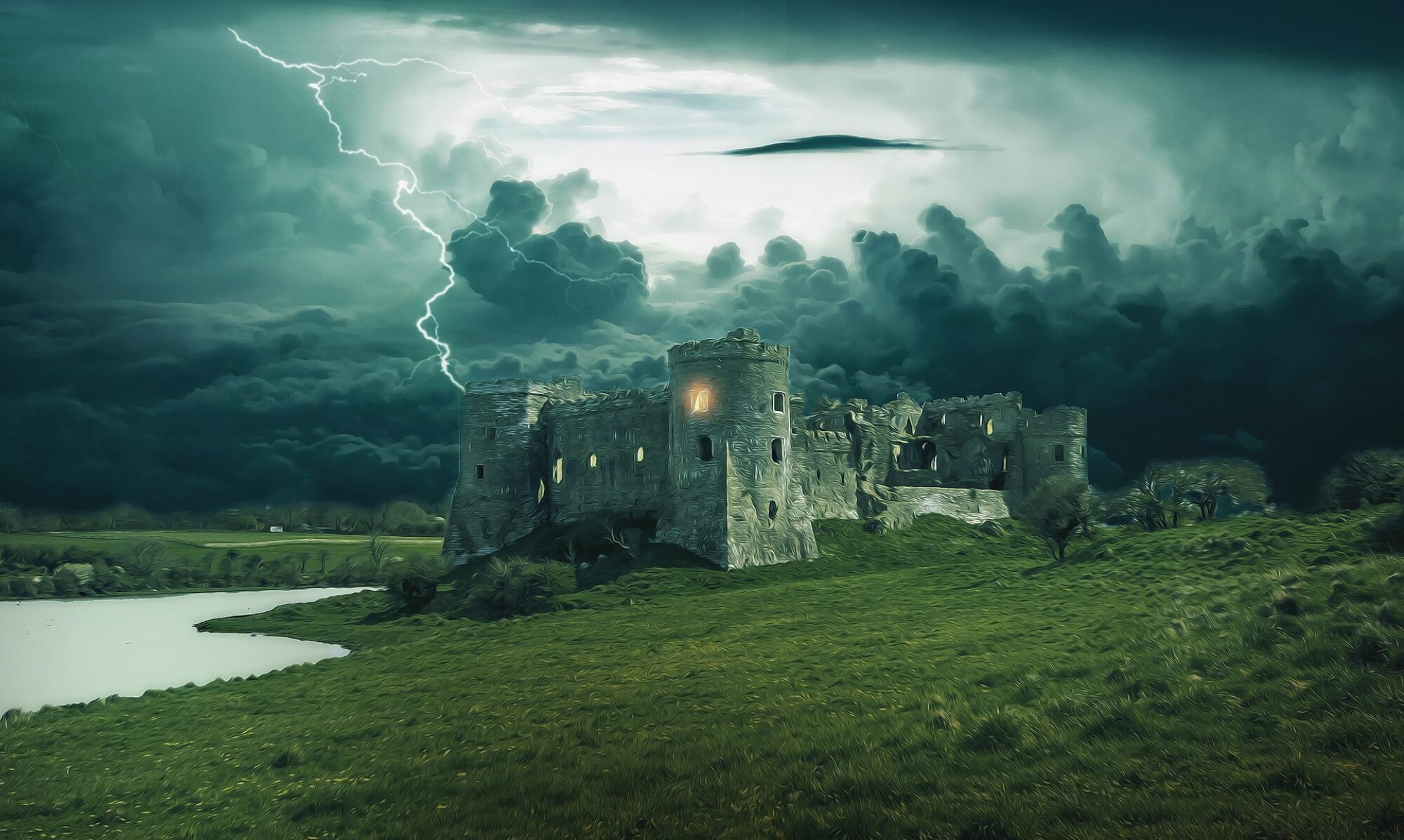
What is polarization? Is it possible not to become polarized? Whether it’s politics, gender, religion, or parenting, sometimes not taking sides seems impossible.
In his book The Wisdom Pattern, Richard Rohr says there is a “third way.”
“This is a position that refuses to become polarized. This is a position that recognizes the ego at work both in excluding and oppressing the other, as well as in claiming moral superiority through a continuous victimhood narrative.”
Two like charges repel each other. But if I reverse one of them, they will attract. My ego will always push away the other ego. They are too alike. I need to reverse my charge to start attracting.
What is polarization and what causes it?
To explain the phenomenon, Peter Kreeft, the philosophy professor at Boston College, gave the following illustration.

Imagine two people standing on top of two opposite hills, each at the farthest possible distance from each other. Even if they shout at the top of their lungs, they won’t hear much.
But the more each one descends into the valley, the closer they will get to each other. The closer they are to each other, the less they will need to “shout.” The closer they become, the less they will need to second-guess the meaning of each other’s words.
Eventually, they will reach the lowest point in the valley, where they won’t even need to whisper. Silence is more than enough for communication. The closer you are to God, the closer you are to the Other.
This does not mean that there are no more differences between them; it means they are above them. When we go down we go up. The differences are still there, but they are not all that important.
There, at the deepest depth, all differences are transcended, not eradicated. Overemphasizing differences is a symptom of superficiality – not going deep enough. There can be no mutuality or understanding on the surface. Only isolation and polarization.
Continue reading “What is Polarization and How to Avoid It?”








